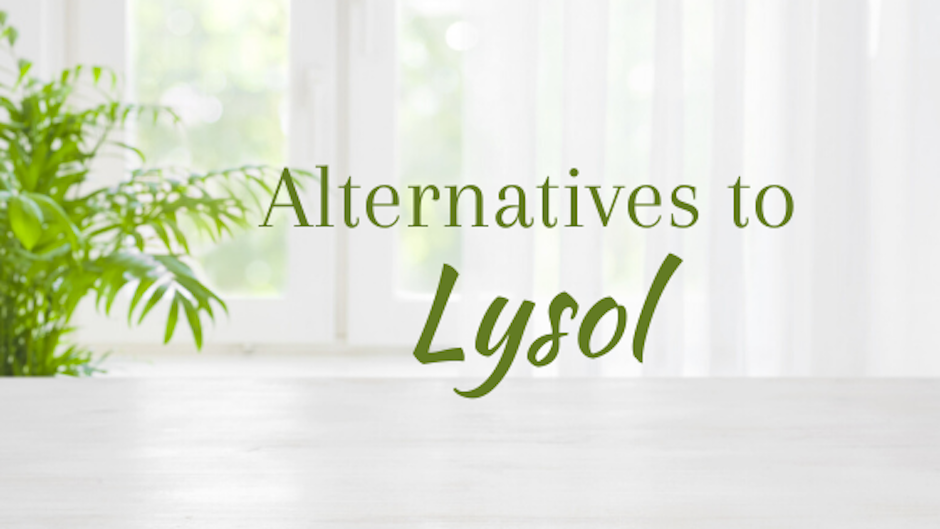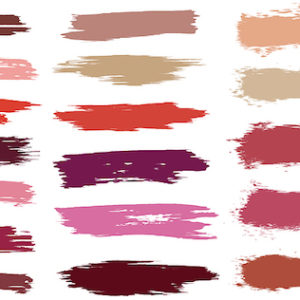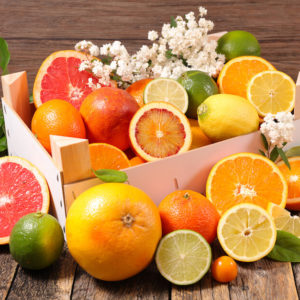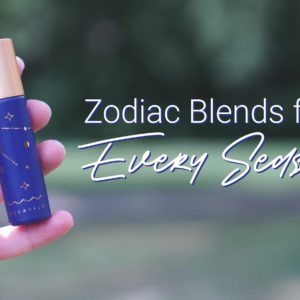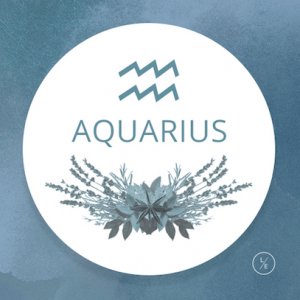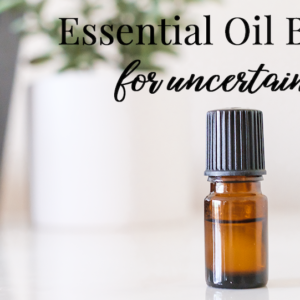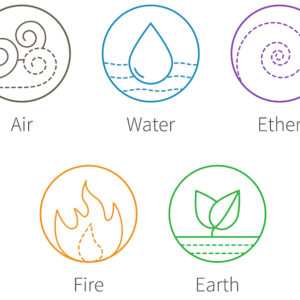People are using disinfectant sprays more and more to prevent the spread of viruses and bacteria in their homes and offices. Although touching a surface or object is not the primary way most viruses and bacteria spread, it is one way pathogens are transmitted from person to person. To combat this, many people reach for a chemical disinfectant spray or wipe. But what many people don’t realize is that these products carry some hefty risks, making alternatives to Lysol something we should all be interested in.
The Dangers of Lysol
Read the Label
Much of the concern regarding this famed spray is right on the product label. The precautionary statements say “Hazards to Humans and Domestic Animals.” That’s reassuring.
It also warns to rinse surfaces that may come in contact with food or potable water after spraying. Most people spray counters, door knobs, and other commonly touched surfaces—as well as children’s areas and toys—and never rinse. Do you? Think about that the next time you touch the door knob and then reach for a snack with the same hand. What hazardous chemicals are you potentially ingesting and spraying on your toddler’s toys?

What’s even more alarming is the ingredients listed on the front of the bottle. Just a tad over 1% of the product consists of the active ingredients, while about 99% are “other ingredients”. This begs the question, what exactly are those “other” ingredients? According to the Safety Data Sheet for Lysol, these include propane and butane, among others. Here you go, Jimmy, how about some lighter fluid?
A peek at the OSHA safety data sheet for the primary active ingredient in lysol includes warnings such as:
- Wash face, hands and any exposed skin thoroughly after handling.
- Do not eat, drink or smoke when using this product.
- Do not breathe dust/fume/gas/mist/vapors/spray.
- Wear protective gloves/protective clothing/eye protection/face protection.
- Use only outdoors or in a well-ventilated area.
I don’t know about you, but I typically don’t don a mask, gloves, and protective goggles when I clean my home.
Are We Encouraging Superbugs?
Nasty ingredients aside, there are potential long-term effects of using microbial sprays in our homes. Some studies show that using antimicrobial agents encourages bacterial and viral mutations. These mutations actually produce resistant strains of bacteria that are much harder to kill.
Alternatives to Lysol
Soap and Water

One of the simplest—and most effective—ways to clean almost every surface and object in your home is with good ol’ soap and hot water. Studies show you don’t even have to use antibacterial soap. A thorough washing with soap and water removes the majority of germs from hands, objects, and surfaces.

Vinegar
Acetic acid, the active ingredient in vinegar, has a pH of around 2.2, making it a very strong acid. This makes it a wonderful inexpensive and non-toxic disinfectant. If you choose to clean with vinegar, be sure to purchase one that is at least 5% acetic acid. (The label will list the acidity.) When you dilute with water, use at least 50% vinegar in your solution for disinfection. You may even want to make it a bit stronger for stubborn mildew or other areas.
Hypochlorous acid (HOCl)
Hypochlorous acid is a weak acid that forms when chlorine dissolves in water, and itself partially dissociates, forming hypochlorite. This solution is so safe, it is actually used in topical formulations to treat various skin disorders. HOCl exhibits broad-spectrum antimicrobial activity that is directly toxic to many bacteria and fungi and might also impart antiviral properties.
HOCl is made with an electrolyzed water system using plain water and table salt.
Hydrogen Peroxide
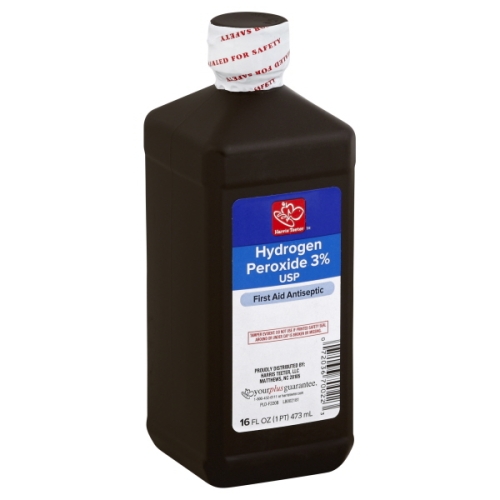
Hydrogen peroxide is another inexpensive way to a wide range of microorganisms, including bacteria, yeasts, fungi, viruses, and spores. The concentration and the time the peroxide stays on the surface contribute to its efficacy, so don’t dilute and allow it to air dry instead of wiping away. One way to use hydrogen peroxide to clean surfaces is to simply attach a sprayer to the bottle.
Alcohol
Alcohol is used in many hospitals to disinfect tools and facilities. If you can get over the smell, 70% alcohol is effective at getting rid of most bacteria, viruses, and fungi. You can choose from isopropyl alcohol (rubbing alcohol) or grain alcohol (ethanol, found in vodka, everclear, and other spirits).
Essential Oils
Many people love using essential oils to clean their homes as well. You can make your own DIY spray to clean many hard surfaces in your home. See the recipe below that combines a few of the suggestions on this list.
DIY Disinfectant Spray
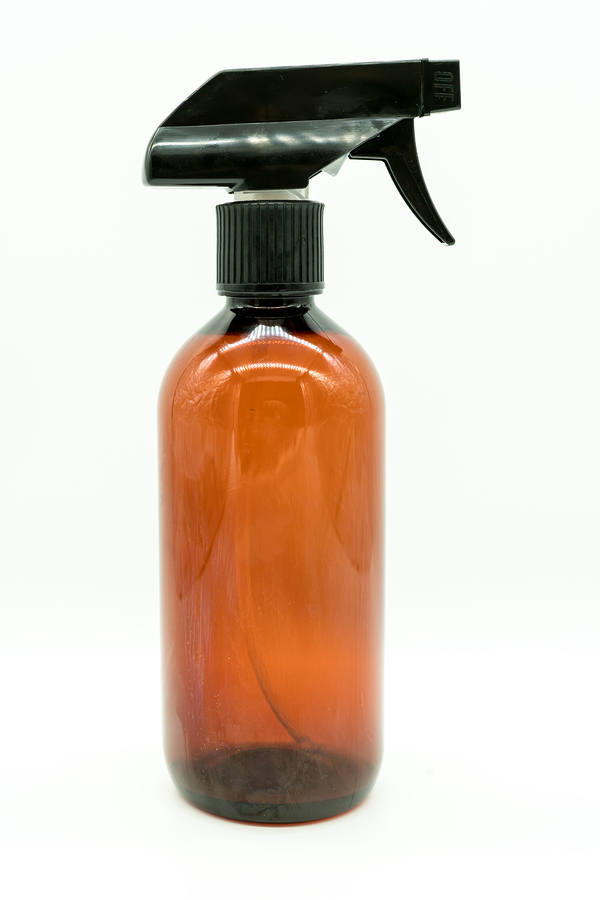
Ingredients
- 1 cup vodka or rubbing alcohol, 90% alcohol content or higher (the higher the better)
- 1/4 cup white vinegar, at least 5% acidity
- 7 drops of each of these essential oils: juniper, cypress, Laurus nobilis (bay laurel), oregano, and clove
Instructions
Combine all ingredients in a spray bottle. Shake gently to combine. Spray on hard surfaces in your home and allow to dry. For best results, do not wipe, but allow it to stay on surfaces.
Looking for more DIY cleaning recipes? Check out Spring Cleaning DIYs for some inspiration.
